Most Significant Inventions
Monday, 04.09.2006.
13:25

Most Significant Inventions
Tesla occupied himself with electrical engineering in various fields, wherever the slightest possibility for its use existed. There is a wide variety of Tesla’s invention, therefore. First of all, there is electrical engineering closely followed by mechanical engineering. Tesla’s inventions were also employed in the areas of telecommunications and medicine.Some of his best known inventions are: Tesla’s transformer (and generator) of high frequency currents, known as Tesla’s oscillator; induction motor (known as asynchronous motor); remote-control boat; light bulbs; wireless electric power transport.
Certainly the greatest contribution to electrical engineering is in the field of energetics. Tesla invented alternating current.
Alternating current has great advantages over direct current. One of the advantages is the minimization of losses during the transport of electric current from electric power plants to users, which is very important. Losses during transport depend on the quadrant of electric potential, i.e. losses increase with the quadrant of electricity.
Thus, the less electricity in the transport network, the better. Alternating current can best be lowered by building transformers that raise voltage, and, consequently, decrease electricity, because their strength depends on the sum of voltage and electricity.
Tesla took three coils and divided the circle into three parts with them, thus acquiring a system illustrated in the following picture.

Since alternating current changes its quantity as times go by, at one point it is equal to zero. This fact facilitates switching the power off, which is also important for preserving the equipment, because currents can be extremely large. During one period (lasting 20ms or the fiftieth part of a second), electricity is equal to zero three times.
The “second” important invention, equally important, is Tesla’s induction motor, today better known as asynchronous motor. The motor has the aim of converting the electricity brought to the ends of its stator into mechanical energy manifested by the rotation of the rotor, using electromagnetic rotating field.
How does the asynchronous motor work?
Very simply. Alternating current creating the variable electromagnetic field is brought to the cols of the stator. When a duct (a piece of iron, a copper conductor etc.) is found in the variable electromagnetic field, electromotive potential (EMP) is induced on its ends, and electricity runs through it. When electricity runs through a conductor, the power tends to move it. This takes place inside the iron or on the conductors.
Why is Tesla’s induction motor so special?
It is special because there are no windings on its rotor (as on Tesla’s egg model), and the rotor is still rotating.
So, Tesla’s induction motor consists of:
- a magnetic circuit (stator and rotor iron)
- an electric circuit (copper windings on the stator)
Tesla’s first induction motor was two-phased and without grooves on the inside of the stator. This wasn’t good, because all the power that was supposed to move the rotor affected the conductors instead the magnetic field of the rotor. It was a great problem, because those two potentials are not small.
This motor was supplied, in the beginning, with an AC current of 188Hz. It was constructed with prominent poles. He signed a contract with Westinghouse for $250,000 + $2.5/HP (dollars per horsepower). Of course, this didn’t last long, so Tesla had to relinquish the supplement of $2.5/HP after a request from Westinghouse, who already started sinking into debt.
Today, asynchronous motors are made for great amounts of potential and speed. They can have the power of a few dozen MW, and the speed of rotation can reach almost 3000 rotations per minute. An important characteristic of these motors is that they draw six to ten times more electricity from the network than the nominal strength they have during constant operation. It is a great burden for the network. Asynchronous motors are, therefore, used through additional devices.
Contemporary asynchronous motors are now mostly made as poly-phase. Around 99 percent of motors in the world today are poly-phase and single-phase asynchronous motors. Beside the asynchronous motor with a cage rotor, there is a motor with a coiled rotor that has copper windings on its rotor.

He made a coil made of a few resonating oscillating circuits. Tesla constructed a lot of different oscillators, whose construction is considerably different.

On the basis of other scientists’ earlier research, Tesla developed a series of different coils producing electricity of high potential and high frequency. In the majority of his experiments, he used machines he invented himself.
The first coils operating on the basis of penetration in the electric vault area (the space between ball electrodes on the picture). This can also be achieved using the Rumkorff coil, two condensers and a specially constructed wire between which the penetration occurs.

Each condenser is then tied to one primer of another, specially designed coil. Both primers have 20 windings of rubber-isolated wire. The secondary has 300 windings of silk-isolated wire.
Tesla’s subsequent oscillators were bigger, and they operated at much greater potential levels. Condensers were bigger and immersed in oil so the corona would be lowered. He used oil as isolation for the transformer windings.
Modern oscillators use double windings in an air core. This resonant transformer generates high voltage at radio frequencies. The coil reaches great voltage using the energy of one resonant circuit (primer), transferring it to the other resonant circuit (secondary). Also, Tesla’s modern oscillator is designed to generate long electric vaults, while Tesla’s first oscillator was constructed for wireless communication and transport of power.
Tesla occupied himself with radio technology as well. One of the more significant works was the elimination of disturbances in radio connections. Tesla knew that natural and artificial disturbances are spread through the earth and air in the exact same way, that both can generate horizontal and vertical electromotive force (EMF).
In the air, potential is increased around 50V per foot vertically, and there appears, therefore, a difference in voltage of 20 or even 40000V between the upper and lower part of antenna. Masses of electrified atmosphere always in motion produce electricity in the conductor, which is not balanced, but rather chaotic, which produces impulse noise in the sensitive phone receiver. The higher the terminal and greater the space filled with wires, the greater the effect. This effect is of a purely local nature, and has little connection to the real problem.
In 1900, Tesla perfected his wireless system, and one model of the apparatus had four antennas. Antennas were carefully set to the same frequency and concurrently connected in order to increase the reception from any direction. When he attempted to determine the position of the transported impulse source, every diagonally placed pair was separately connected serially to the primary coil for inciting the detector. In the first case, the sound in the phone was rather strong, while in the other case it didn’t exist, which Tesla expected. Two antennas neutralized one another, but static disturbances appeared in both cases.
By using receivers grounded in two places, disturbances that come as a consequence of electrified air are cancelled, and susceptibility to other kinds of disturbances are reduced in half because of directional properties of the circuit.
In 1896, Tesla constructed a device that could perform several operations. That device appeared for the first time in 1898 and caused a sensation greater than any of his inventions up to that point. It was a boat with a wireless remote control. It was controlled through a collaboration of many circuits, so all the interference was cancelled. He most frequently used receiving amplifier circuits in the form of condenser loops.
In those days another remote control boat was constructed. The movement of the boat was controlled using many windings placed inside the ship, which was hermetically closed, and could be submerged. The apparatus he constructed was similar to the first version of the ship, with little additions.
Tesla spent considerable time working on a system for wireless transport of electricity, i.e. transport of electricity through a natural medium (earth, air). He conducted those experiments in his laboratory in Colorado Springs.
Tesla adapted one of his receiving transformers in order to determine experimentally the electric potential of planet Earth, and to determine its frequent and accidental changes. Plugged into the secondary circuit of a transformer, there was a special device that returned to its initial state, and operates the registering instruments.
The primary circuit was connected with one end to earth, and had another, lifted part, whose capacity was controllable. The changes of potential caused electric shocks on the primer, they produced currents in the secondary circuit, and, in relation to those currents, a registering instrument operated through its special device. It was determined that Earth is literally quivering from electric vibration.
Then Tesla, with his associate, Levenstein, experimentally proved the existence of stationary waves for which even he thought were not possible. So, in spite of such great dimensions, our planet acted as a conductor of limited dimensions. This was the basis for Tesla’s thinking about the possibility of sending telegraphic messages into space, even transporting energy in unlimited quantities to any distance on Earth without any losses.



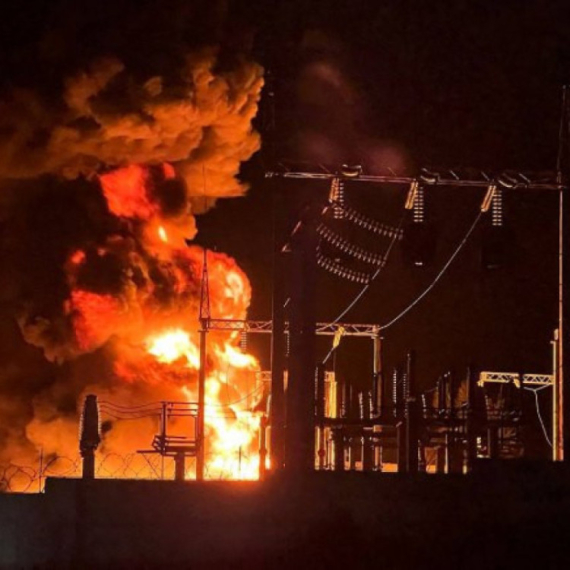









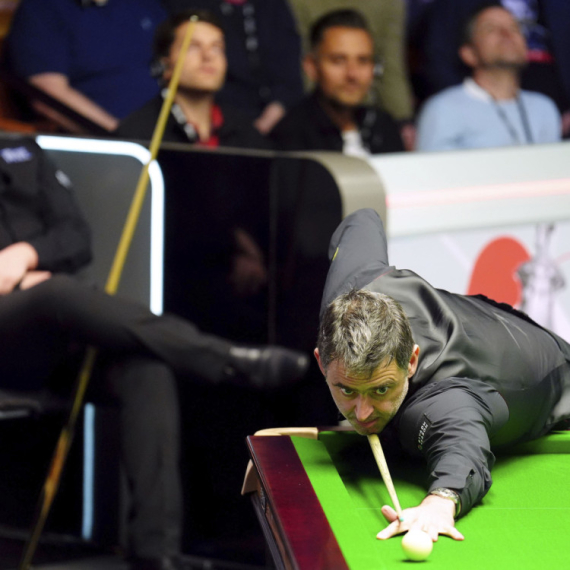



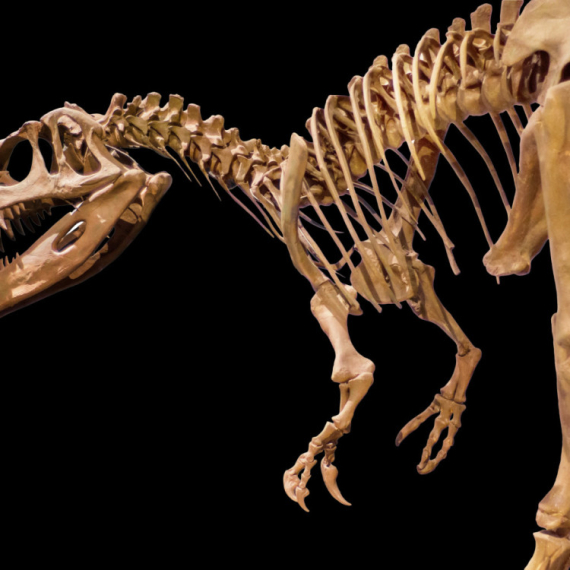







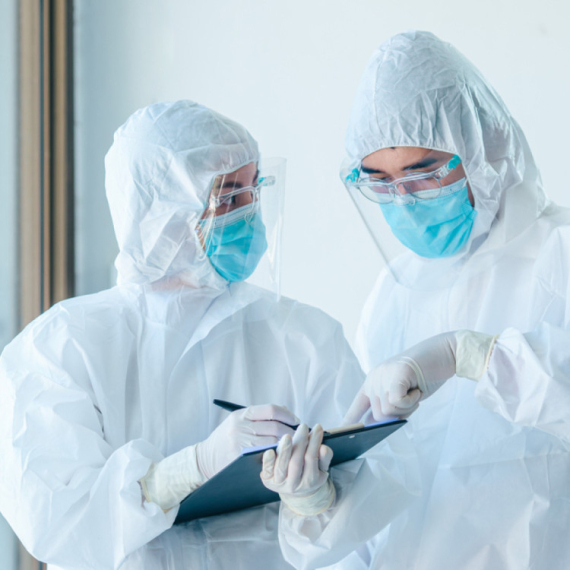



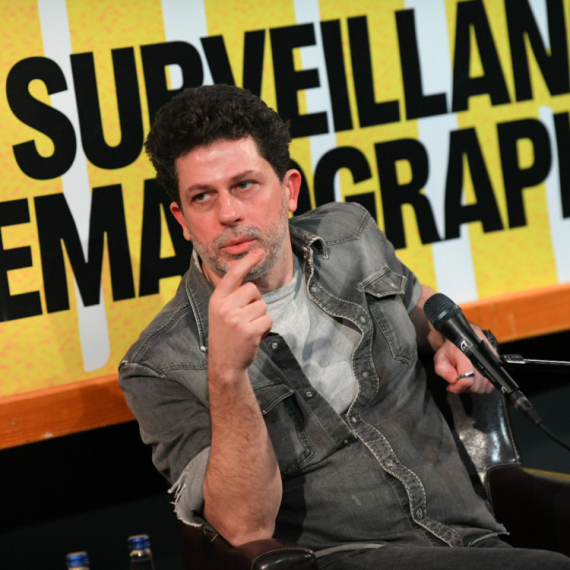











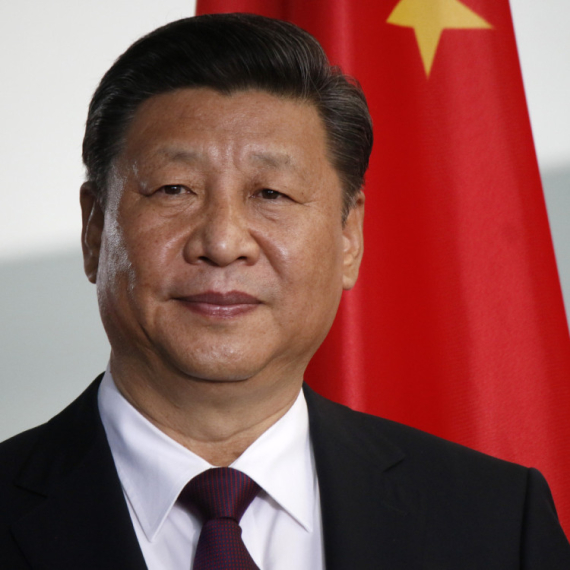





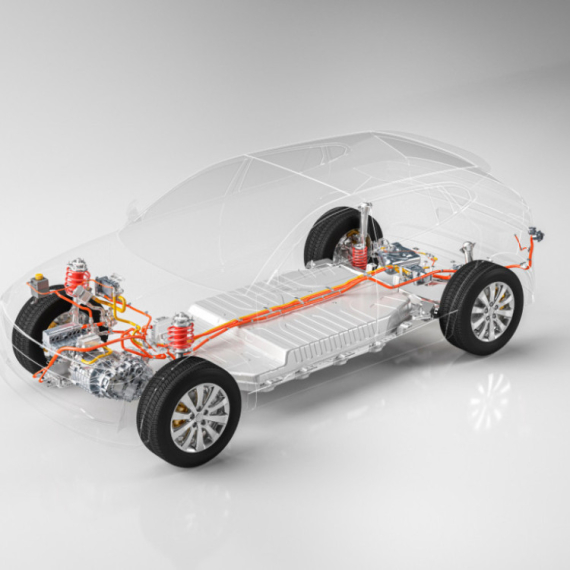
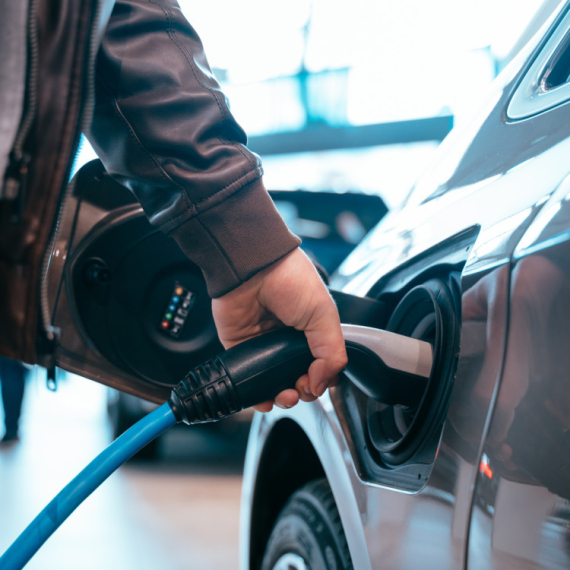
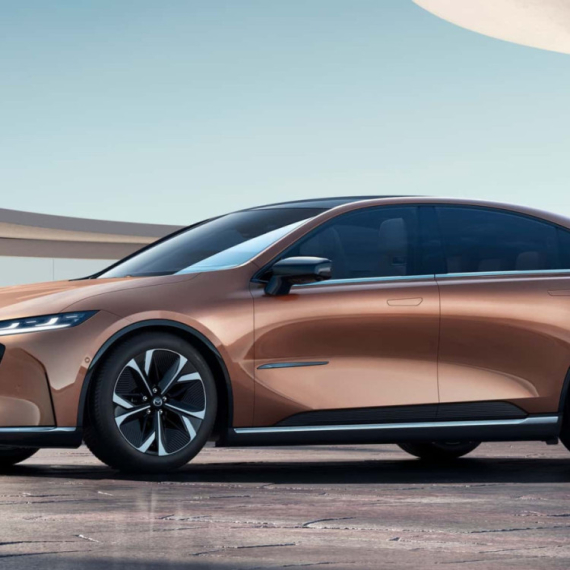

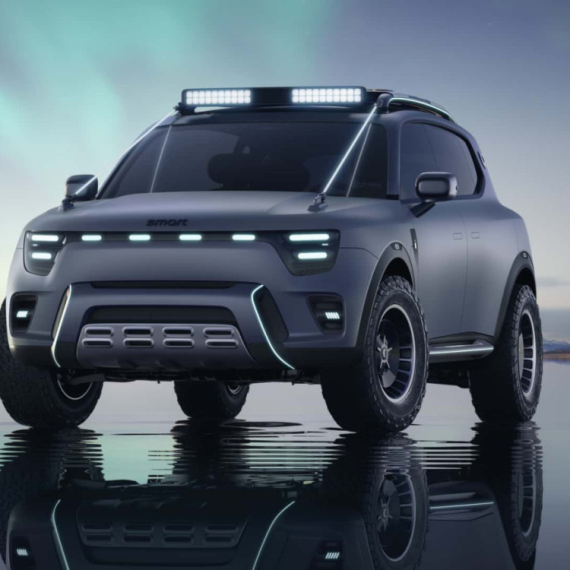



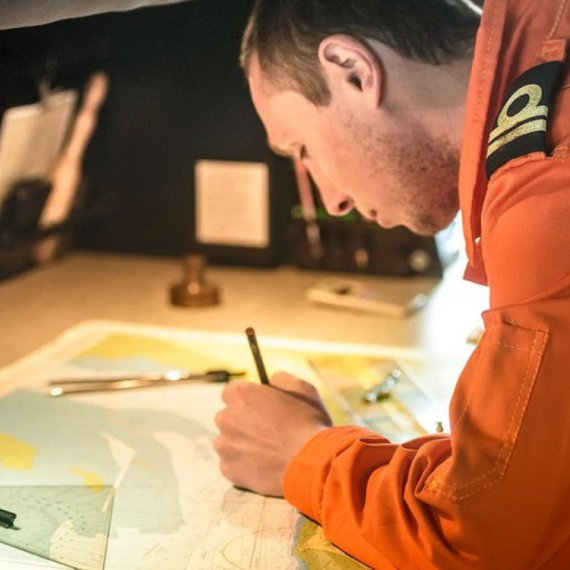


Komentari 2
Pogledaj komentare